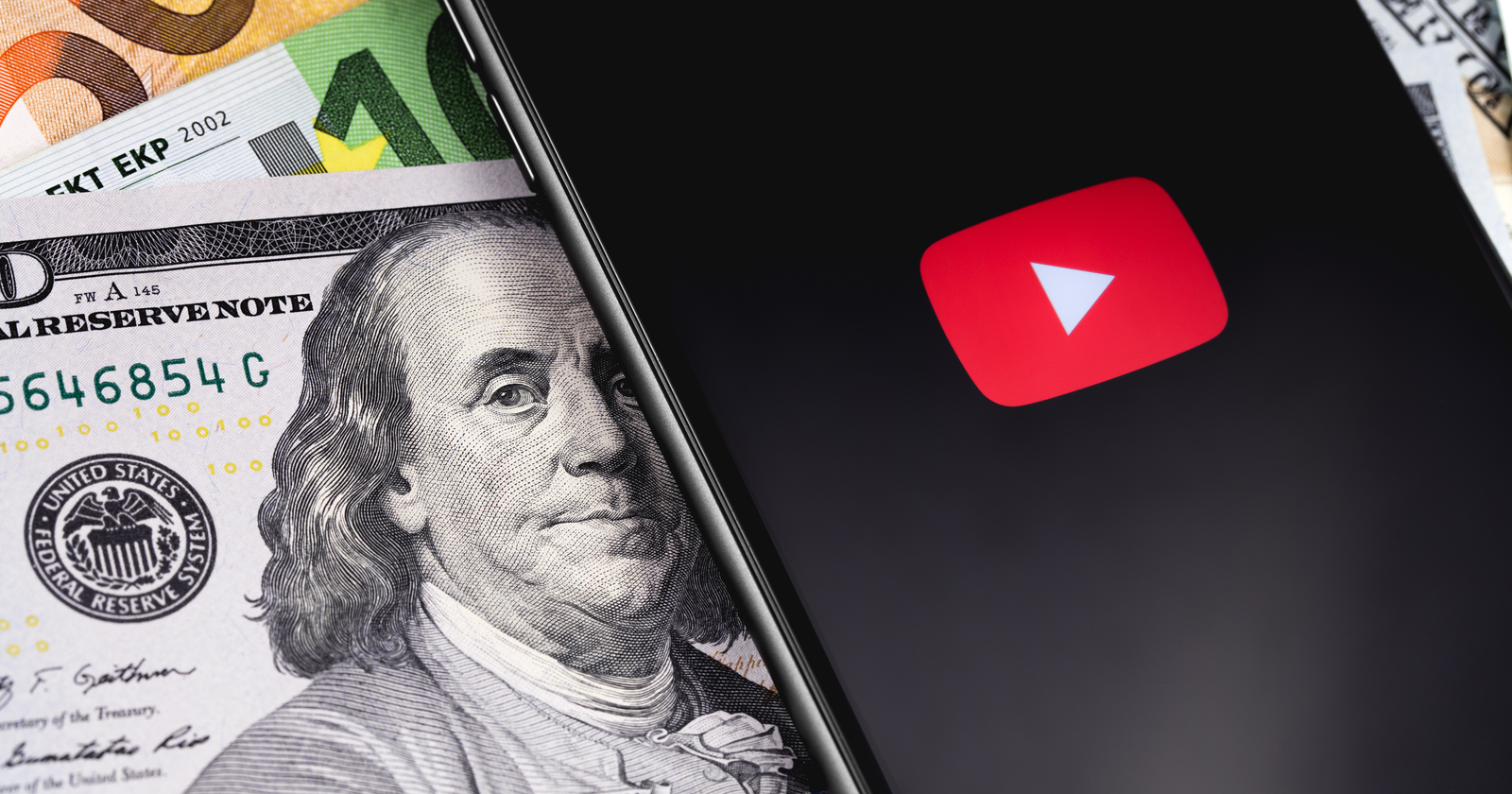YouTube answers questions about its advertiser-friendly guidelines and offers advice to creators to help ensure videos are always fully monetized.
The advertiser-friendly content guidelines are YouTube’s rules that govern which videos will earn full monetization privileges and which will only be partially monetized.
Over the past year YouTube has expanded its advertiser friendly guidelines page with a significant amount of new text. There’s a lot to digest and it may seem overwhelming if you have limited experience with making money on YouTube.
YouTube aims to make its guidelines as clear as possible, but creators will invariably find themselves needing answers to questions along the way.
To add further clarity, YouTube published a Q&A video that addresses some of the more confusing parts of its rulebook.
Here’s a summary of each question and answer.
Dangerous Content
YouTube’s guidelines state that “dangerous” content can’t be monetized, but when is content considered too dangerous for ads?
Content can have an element of danger to it while also being valuable. For example, a welding tutorial involves the use of dangerous equipment but it’s a helpful resource that people may benefit from.
Dangerous content is considered acceptable as long as it doesn’t involve injury or distress.
YouTube states:
“If it is a tutorial where you’re working on metalworking, a welding exercise, and are wearing protective gear, that is 100% fully monetizable and will not receive the yellow icon. However, if you have footage of somebody who, for example, has their thumb chopped off, or is bleeding as a result of an injury in a workshop, that is not going to be eligible for the green icon.”
As long as no one in the video is getting hurt, or in immediate danger of getting hurt, creators are allowed to run ads on it.
When creating a video involving the use of dangerous equipment, ensure all necessary protective gear is worn.
Controversial Content
How can creators keep their videos advertiser-friendly when they’re covering a controversial subject?
YouTube’s advertiser-friendly guidelines define controversial issues as:
“‘Controversial issues’ refers to topics that may be unsettling for our users and are often the result of human tragedy. This policy applies even if the content is purely commentary or contains no graphic imagery.”
For the most part, content around controversial issues is exempt from monetization. There is one exception, however.
Content that advocates against dangerous acts will usually be considered advertiser-friendly.
For example, a video advocating against animal abuse could likely be monetized as long as it doesn’t show the act itself.
Another thing to keep in mind here is YouTube doesn’t allow people to monetize first-hand experiences of controversial issues.
A video reporting on a protest is more advertiser-friendly than a video taken while participating in a protest, for example.
Content with personal experiences is likely to get limited ads. If you’re reporting on an issue from a third person perspective you will earn full monetization.
Self-Certification
YouTube offers creators a streamlined process for running ads by incorporating a self-certification questionnaire into the upload flow.
It asks creators to review YouTube’s advertiser-friendly guidelines and indicate whether the video they’re uploading follows all the rules.
The questionnaire allows creators to run ads instantly, when previously there would be a delay between the time a video is uploaded and the time ads are activated.
Videos are still subject to YouTube’s review, however, and if the questionnaire wasn’t answered correctly it will impact a creator’s accuracy score.
An high accuracy score is important because it could make the difference between a video running ads or not.
Whenever YouTube’s automated system disagrees with a creator’s decision on the questionnaire, it will defer to their accuracy score to determine how to proceed.
YouTube will side with the creator if they’ve proven themselves trustworthy with a high accuracy score.
Firearm Content
YouTube has fairly strict rules around firearms-related content. Anything that involves buying, selling, or using guns can’t be monetized.
Someone submitted a question asking if this policy would apply to videos about designing and producing 3D printed gun parts.
Unsurprisingly, that type of content would not be eligible for ads. YouTube’s advertiser-friendly guidelines state:
“Content focused on the sale, assembly, abuse, or misuse of real or fake firearms is not suitable for advertising.”
Firearms are allowed to be shown in videos, while maintaining the ability to serve ads, if they’re being held or in someone’s holster.
A prime example of this is news channels who frequently publish clips to YouTube of authorities carrying firearms.
Footage of firearms is fine for ads as long as there’s no violence.
For more, see the full video below:
Featured Image: Primakov/Shutterstock





